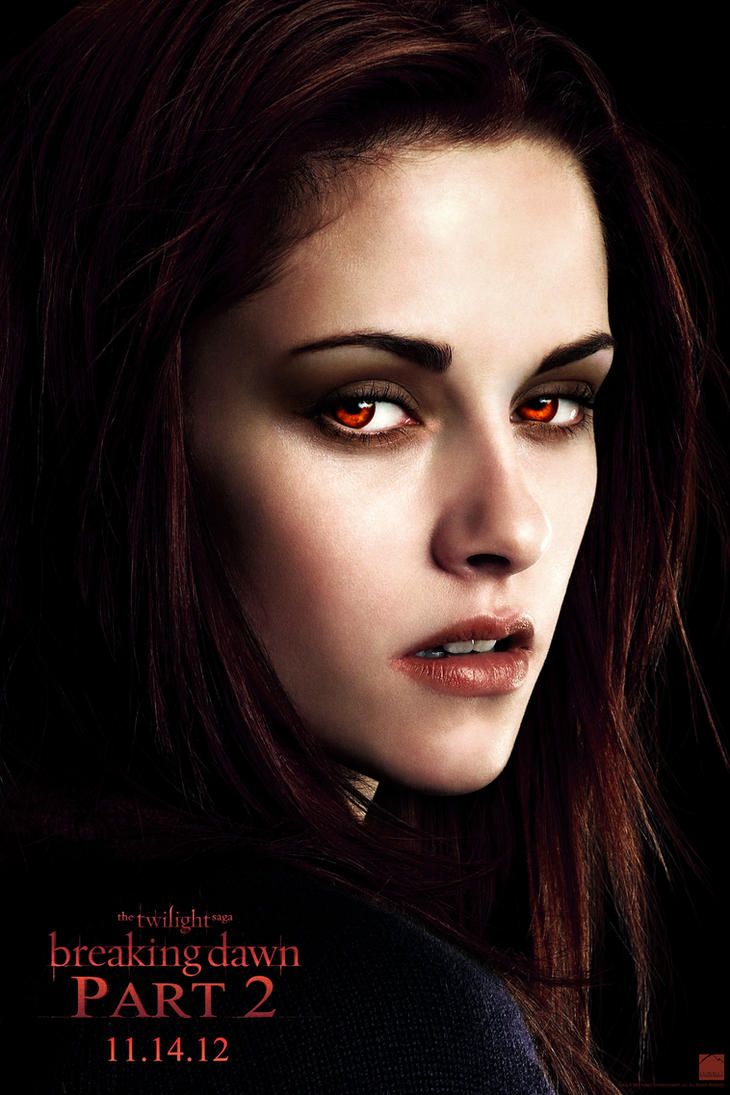
Before The Twilight Saga became the global phenomenon we know today, a series of romantic vampire fantasy films that captivated millions and grossed over $3.36 billion worldwide, its journey to the big screen was fraught with early challenges and creative detours. Every iconic franchise has its foundational myths, its whispers of what might have been, and its crucial pivot points that, in retrospect, feel like narrow escapes from an alternate reality. For Twilight, these embryonic stages were nothing short of its own ‘lost episode,’ a period where the saga teetered on the brink of being something profoundly, perhaps unrecognizably, different.
Indeed, the idea of a beloved story being reinterpreted, or even entirely remade, isn’t new to pop culture. But what happens when the very essence of a narrative is almost lost before it even begins? The early development of Twilight wasn’t just a simple adaptation process; it was a high-stakes negotiation between authorial vision and Hollywood’s often-divergent ambitions. It was here, in these initial conceptualizations, that versions of the story were considered so far removed from Stephenie Meyer’s original intent that they could effectively be deemed ‘too different to air,’ threatening to erase the very identity fans would come to adore.
This deep dive is not merely a recounting of historical facts, but an analytical exploration into the formative years of a cultural behemoth. We’ll unpack the pivotal decisions, the creative clashes, and the fortuitous alignments that ultimately steered The Twilight Saga from a potential misfire into the record-breaking series it became. From discarded scripts to crucial casting calls, this is the story of how the Twilight we know and love wrestled its way into existence, narrowly avoiding its own ‘lost episode’ fate.

1. **The Fateful Paramount Script**The genesis of The Twilight Saga on screen was a rather circuitous one, beginning in 2004 at Paramount Pictures’ MTV Films. For about three years, the project languished in development, a period that saw the creation of a film adaptation that, by all accounts, “differed significantly from the novel.” This wasn’t merely a few minor plot tweaks or character amalgamations; this was a fundamental reimagining that would have drastically altered the narrative and its core themes.
One of the most striking deviations in this early script was the transformation of Isabella Swan, the quiet, introspective protagonist, into a “star athlete.” Imagine, if you will, Bella Swan, not as the new girl awkwardly navigating high school and an intense supernatural romance, but as a jock, effortlessly excelling in sports. This single change alone speaks volumes about the original intent to push the story into a more conventional, perhaps action-oriented, young adult mold, completely missing the delicate, internal world that made Meyer’s books so compelling.
This version of Twilight, had it ever seen the light of day, would have been a stark contrast to the moody, atmospheric romance that Catherine Hardwicke eventually delivered. It highlights the constant tension in Hollywood between staying true to beloved source material and attempting to commercialize or generalize a story for a broader audience, sometimes at the expense of its unique identity. It truly was an ‘episode’ that, while never aired, left a significant imprint on the saga’s pre-production lore.
Read more about: The Infinite Adventures of a Phenomenon: Inside the Enduring Legacy of Adult Swim’s Rick and Morty
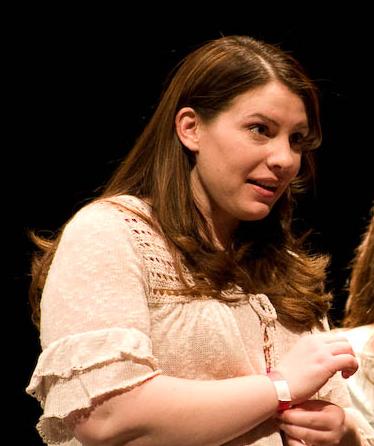
2. **Stephenie Meyer’s Deep Concern**For an author, seeing one’s creation undergo radical transformations in the adaptation process can be a deeply unsettling experience. Stephenie Meyer, the visionary behind the Twilight novels, openly expressed her profound worry over the direction the film was taking under Paramount’s initial development. Her concerns weren’t just about minor inaccuracies; they struck at the very heart of the story’s identity, making her question the decision to sell the film rights in the first place.
Meyer’s apprehension was palpable, so much so that she later recounted her fears with a telling quote: “‘They could have put that [earlier] movie out, called it something else, and no one would have known it was Twilight!'” This isn’t just a casual observation; it’s a stark indictment of how far the initial script had strayed. The very soul of her novel, its characters, its atmosphere, and its central romance, seemed in jeopardy of being completely lost to a generic, unrecognizable production.
Her statement underscores the precarious balance between creative control and commercial pressures. An author’s greatest fear is often the misrepresentation of their work, especially when it has resonated so deeply with a loyal fanbase. Meyer, a self-proclaimed “natural pessimist,” was bracing herself for the worst, a testament to the significant divergence she witnessed in those early drafts. Her relief, therefore, when the project shifted hands, was not just about getting a film made, but about salvaging the essence of her beloved narrative.

3. **Summit’s Reinvigoration and Promise**The tide began to turn for the Twilight film adaptation in April 2007 when Summit Entertainment, in its reinvention as a “full-service studio,” acquired the rights to Meyer’s series. This acquisition marked a crucial turning point, signaling a commitment to creating a “film franchise based on the book and its sequels” that would, crucially, honor the source material. It was a lifeline for the project, pulling it back from the brink of radical reinterpretation.
Erik Feig, President of Production at Summit Entertainment, played a pivotal role in this new direction, offering a clear guarantee of a “close adaptation to the book.” This promise was a balm to Meyer’s earlier anxieties, providing the assurance that her literary world would be treated with respect and fidelity. It wasn’t just about making a movie; it was about building a universe that fans would recognize and cherish.
Meyer herself reflected positively on Summit’s approach, noting that the studio was “open to letting her be a part of the film.” This collaborative spirit, a stark contrast to the previous development phase, set the stage for a production that prioritized the author’s vision, ensuring that the magic of the books would translate effectively to the screen. Summit’s intervention was less a rescue mission and more a re-founding of the franchise on principles of faithfulness and partnership.
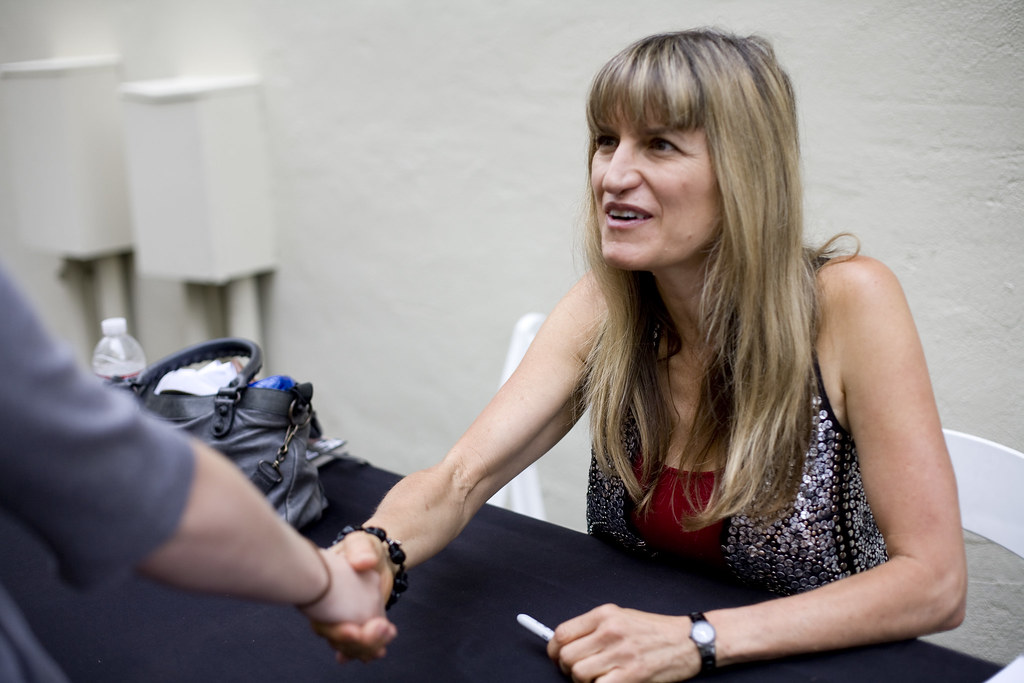
4. **Catherine Hardwicke’s Visionary Approach**With Summit Entertainment at the helm, the next crucial step was finding a director who could translate the intimate, intense world of Twilight onto the screen. Catherine Hardwicke was brought on board, and her vision quickly proved to be a perfect match for the material. She, along with screenwriter Melissa Rosenberg, would craft the cinematic language that would define the first installment and set the tone for the entire saga.
Hardwicke’s directorial style brought a raw, immediate quality to the film. Drawing parallels to her earlier work like *Thirteen*, she opted for an “extensive use of hand-held cinematography to make the film ‘feel real.'” This artistic choice imbued Twilight with a palpable sense of intimacy and immediacy, allowing audiences to feel immersed in Bella’s subjective experience. It was a subtle yet powerful technique that differentiated the film and anchored its emotional core.
The collaboration between Hardwicke and Meyer was also remarkably close. The director actively sought Meyer’s feedback throughout the development process, even phoning the author to discuss minor scene changes. Meyer, surprised by this level of engagement, remarked, “I’ve heard the stories…I know it’s not normally like that when you adapt a book.” Her experience working with Hardwicke on the film adaptation was, in her own words, “the best I could have hoped for,” highlighting the director’s dedication to honoring the novel’s spirit. Hardwicke also sketched some of the storyboards during pre-production, demonstrating her deep immersion in visualizing the narrative.

5. **Casting Bella and Edward**The heart of The Twilight Saga beats through its central romantic pairing, making the casting of Bella Swan and Edward Cullen arguably the most critical decision in the entire production. Finding actors who could embody the intense, ethereal chemistry and the complex internal lives of these characters was paramount, and the process involved both serendipity and careful consideration.
Kristen Stewart’s path to becoming Bella began with an informal screen test that “captivated” Catherine Hardwicke while Stewart was on the set of *Adventureland*. There was an undeniable quality about her that resonated with the director’s vision for Bella’s quiet strength and emotional depth. Her portrayal would become foundational to the franchise, embodying the human anchor in a world of supernatural beings.
Robert Pattinson’s journey to Edward Cullen was a bit more contested, as Hardwicke “did not initially choose” him for the role. However, after an audition at her home with Stewart, the chemistry was undeniable, and he was selected. Pattinson’s ability to convey Edward’s brooding intensity and ancient allure proved to be a decisive factor, even though he reportedly didn’t enjoy playing the character. Stephenie Meyer, despite having previously expressed interest in Henry Cavill for Edward, was ultimately “excited” and “ecstatic” about the casting of both main characters, recognizing the spark that would ignite the cinematic saga.
Read more about: Claudia Cardinale, Italian Cinema’s Enduring Star and ‘Dream Girl,’ Dies at 87
6. **The ‘Too Different’ Characters**Even with a renewed commitment to fidelity and a visionary director, the path to bringing *Twilight* to the screen was not without its creative challenges and minor controversies, particularly in character portrayal. The nuances of adapting beloved literary figures often lead to adjustments that can sometimes ruffle fan feathers or deviate, however subtly, from the author’s original descriptions. These ‘too different’ elements, while not as dramatic as Bella’s star athlete phase, highlight the continuous negotiation inherent in filmmaking.
One notable instance involved the casting of Peter Facinelli as Carlisle Cullen. Hardwicke initially “liked [him], but there was another actor that the studio was pushing for.” For reasons that remain unknown, that actor was unable to play the part, paving the way for Facinelli to step into the role. This behind-the-scenes shuffle shows how even seemingly minor roles can be subject to intense studio input and unexpected changes, demonstrating a slight divergence from initial plans.
Another point of contention for some fans was Ashley Greene’s portrayal of Alice Cullen. Critics noted that Greene was “7 inches (18 cm) taller than her character as described in the novel.” While seemingly a small detail, for devout book fans, such physical discrepancies can feel significant. Meyer herself had envisioned a different look, stating that Rachael Leigh Cook resembled her vision of Alice. These instances, though minor in the grand scheme, illustrate the delicate balance between capturing the essence of a character and the practicalities of casting, sometimes resulting in a ‘too different’ appearance from the mental images cultivated by readers.
Similarly, Kellan Lutz, who embodied Emmett Cullen, joined the cast somewhat unexpectedly. The role had already been filled when Lutz was away shooting *Generation Kill*, but the selected actor “fell through.” Lutz subsequently auditioned and was personally chosen by Hardwicke, showcasing how flexible and dynamic the casting process could be, even for the key members of the Cullen family. These subtle shifts and serendipitous moments ultimately created the ensemble we came to know, even if some initial iterations were ‘too different’ from what was originally conceived or sought after.
Following its foundational first chapter, The Twilight Saga rapidly evolved from a promising adaptation into a full-blown cinematic universe. This progression wasn’t a static journey but a dynamic, often turbulent, development phase that continuously reshaped the saga, touching on everything from the creative leadership behind the camera to the on-screen transformations of its beloved characters. Even as it smashed box office records, the series wrestled with critical perceptions and established a unique cultural footprint that continues to resonate today.
Read more about: Claudia Cardinale, Italian Cinema’s Enduring Star and ‘Dream Girl,’ Dies at 87
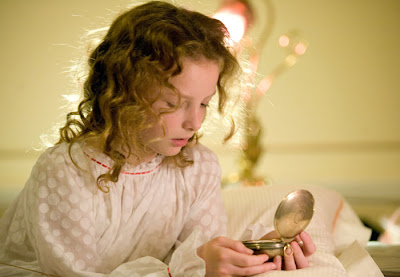
7. **The Shifting Directorial Landscape**After Catherine Hardwicke’s pivotal role in setting the moody, intimate tone for the first *Twilight* film, the directorial baton would be passed multiple times across the subsequent installments. Hardwicke, who infused the initial movie with her distinctive vision, ultimately did not return for the sequel, citing time restrictions as the reason behind her departure. This unexpected change signaled a new era for the burgeoning franchise, leaving fans and industry watchers eager to see who would step into such significant shoes.
Chris Weitz, known for his work on films like *The Golden Compass* and as co-director of *American Pie*, was then hired to helm *The Twilight Saga: New Moon*. Weitz brought a fresh perspective to the series, navigating the narrative’s expansion and the increasingly complex emotional landscape of Bella’s depression and burgeoning friendship with Jacob. His appointment represented Summit’s commitment to finding directors who could manage the saga’s growing scope while maintaining its core appeal.
However, Weitz’s tenure was also limited, as he was in post-production for *New Moon* when the third film, *The Twilight Saga: Eclipse*, began shooting. This scheduling conflict led to another directorial change, with David Slade taking the reins for *Eclipse*. Slade’s previous work suggested a director capable of handling more action-oriented sequences, a fitting choice given the film’s focus on the battle against Victoria’s newborn vampire army, further evolving the saga’s visual language.
The grand finale, *The Twilight Saga: Breaking Dawn*, was ambitiously split into two parts, and the esteemed Academy Award winner Bill Condon was brought on to direct both. Condon, celebrated for his work on films like *Gods and Monsters* and *Dreamgirls*, promised to deliver a “unique cinematic experience” for the saga’s climax. His involvement, alongside Stephenie Meyer stepping in as co-producer, underscored the studio’s desire to conclude the immensely popular series with significant cinematic weight.
Read more about: Beyond the Script: 10 Jaw-Dropping Real-Life Incidents That Shaped Harrison Ford’s Legendary Persona
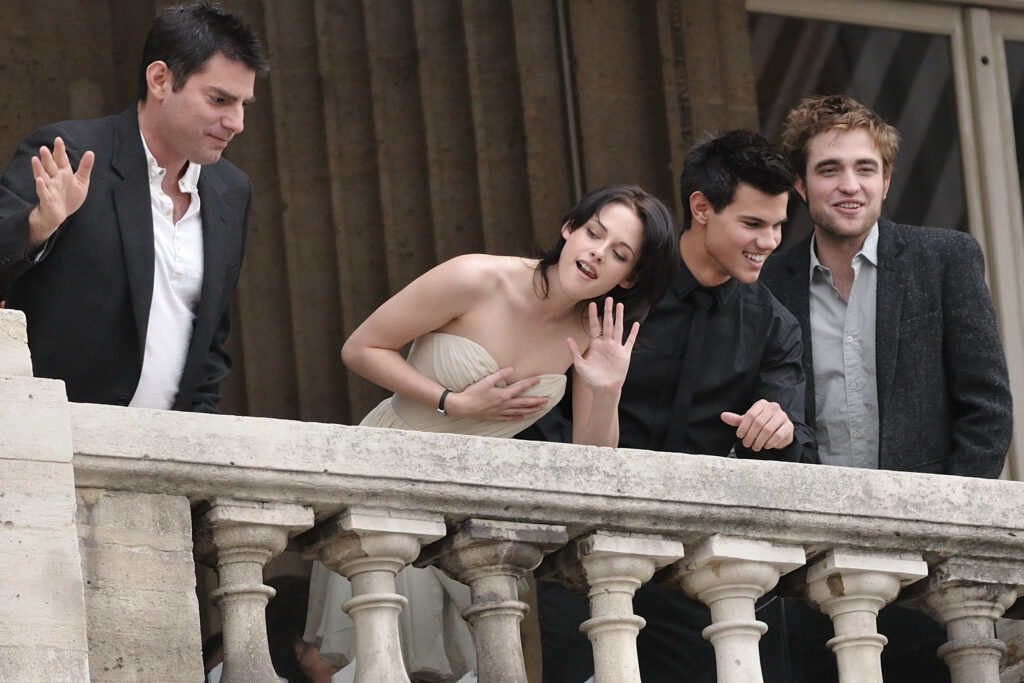
8. **Jacob’s Transformation and Other Key Casting Evolutions**One of the most dramatic and talked-about character transformations in the saga centered on Jacob Black, whose physical evolution between *Twilight* and *New Moon* was a critical plot point. The novel described a significantly larger Jacob, leading director Chris Weitz to consider replacing Taylor Lautner with an actor who could more accurately portray “the new, larger Jacob Black.” This decision point sent ripples through the fanbase and put Lautner’s future in the franchise in jeopardy.
Determined to retain his role as the beloved Quileute werewolf, Lautner embarked on an intense physical regimen, working out extensively and impressively gaining 30 pounds. His dedication paid off, as Weitz and Summit Entertainment officially announced in January 2009 that Lautner would indeed continue as Jacob in *The Twilight Saga: New Moon*. This demonstrated a remarkable commitment from an actor to fully embody the physical demands of his character’s arc.
Beyond Jacob, other significant casting shifts and introductions shaped the ensemble. Bryce Dallas Howard notably replaced Rachelle Lefevre as the vengeful vampire Victoria for *The Twilight Saga: Eclipse*. Summit Entertainment attributed this change to “scheduling conflicts,” a decision that left Lefevre reportedly “stunned” and “greatly saddened,” highlighting the complex, sometimes abrupt, realities of Hollywood production.
As the saga progressed, it introduced a host of new characters vital to its expanding universe. For *Eclipse*, talents like Jodelle Ferland were cast as the newly turned vampire Bree, Xavier Samuel as Riley, and Jack Huston as Royce King II. The Quileute wolf pack also saw new members, with Julia Jones taking on the role of Leah Clearwater and Booboo Stewart as Seth Clearwater. These additions diversified the cast and brought to life the growing supernatural factions within the Twilight world.

9. **Production Polish and World-Building**The continued production of The Twilight Saga films saw an evolution in filmmaking techniques and a deeper dive into world-building, often staying true to the stylistic foundations laid by Catherine Hardwicke. The extensive use of hand-held cinematography, which Hardwicke pioneered in *Twilight* to make the film “feel real,” became a hallmark, maintaining a sense of intimacy and immediacy even as the saga’s scope broadened. This stylistic choice effectively immersed audiences in Bella’s subjective experience.
Stephenie Meyer’s invaluable feedback and involvement remained a consistent thread throughout the entire production process. She visited the sets three times and was regularly consulted on various aspects of the story, ensuring the adaptation remained aligned with her original vision. Her unique perspective as the author even led to a brief cameo in the first film, a delightful nod for eagle-eyed fans that underscored her hands-on engagement.
Unique to the supernatural elements of the films, the cast members portraying vampires underwent specialized training. They participated in rehearsals with a dance choreographer to cultivate more elegant bodily movements, and even observed the physicality of various panthera to inform their characters’ fighting styles. Filming locations also played a crucial role, with scenes often shot in real-world settings like Kalama High School, Madison High School, and St. Helens, Oregon, grounding the fantastical narrative in tangible environments.
A notable example of the film series’ savvy production choices was its partnership with Volvo. While Edward’s car in the novels was a “shiny” and “silver” Volvo S60-R, the first film featured a Volvo C30, deemed more suitable for a 108-year-old vampire posing as a 17-year-old. This collaboration proved immensely successful, reportedly leading to an increase in C30 sales and rebranding Volvo as a “cool” car among a younger generation. Volvo continued its cooperation, showcasing an XC60 in *New Moon* and returning to the S60 in *Breaking Dawn*, demonstrating a clever integration of product placement that became part of the saga’s cinematic identity.
Read more about: The Unsung Blockbusters: Why These Films, Scorned by Critics, Became Undeniable Fan Favorites

10. **An Unprecedented Box Office Juggernaut**The Twilight Saga wasn’t just a cultural phenomenon; it was an undisputed box office juggernaut, collectively grossing over $3.36 billion worldwide. This staggering figure solidified its place as one of the most financially successful film franchises of all time, a testament to its immense popularity and the passionate dedication of its fanbase. The initial *Twilight* film set the stage, taking in an impressive $35.7 million on its opening day alone in November 2008, hinting at the monumental success to come.
*The Twilight Saga: New Moon* truly broke ground, establishing itself as a record-shatterer right out of the gate. It became the biggest advance-ticket seller on Fandango and secured the biggest midnight opening in domestic box office history at the time, pulling in an estimated $26.3 million. On its opening day, *New Moon* grossed an astounding $72.7 million domestically, becoming the biggest single-day opening ever and contributing to the first instance where the top ten films at the domestic box office combined for over $100 million in a single day.
The third installment, *The Twilight Saga: Eclipse*, continued this incredible trajectory, even surpassing its predecessor in certain metrics. It set a new record for the biggest midnight opening in domestic box office history, grossing an estimated $30 million. *Eclipse* also achieved the biggest Wednesday opening in domestic history with over $68.5 million and claimed the title for the widest release ever, playing in more than 4,416 theaters. It also marked a significant milestone as the first *Twilight* film to be released in IMAX, enhancing the cinematic experience for fans.
The final two films, *The Twilight Saga: Breaking Dawn – Part 1* and *Part 2*, further cemented the franchise’s financial dominance. With opening day and weekend figures consistently in the hundreds of millions, these installments contributed significantly to the saga’s overall staggering worldwide gross. The remarkable consistency of these box office numbers, despite later critical reception, underscored the unwavering commercial appeal and the dedicated viewership that propelled the series to such unprecedented heights.
Read more about: Beyond the Big Screen: How Streaming-First Adaptations Are Redefining Video Game Success in Hollywood
The journey of The Twilight Saga, from its tumultuous pre-production to its record-breaking box office run and its complex critical legacy, is a testament to the power of a story that resonated deeply with a generation. It navigated creative challenges, directorial changes, and intense fan scrutiny, emerging as a cultural behemoth that continues to influence and entertain. Far from being a ‘lost episode,’ the saga’s evolution represents a vivid case study in how a beloved book series can transcend its pages, spark a global phenomenon, and endure as a pivotal chapter in the history of pop culture.”




